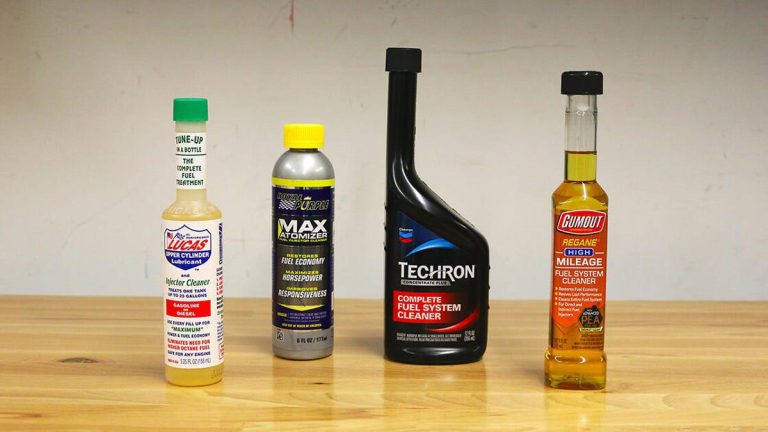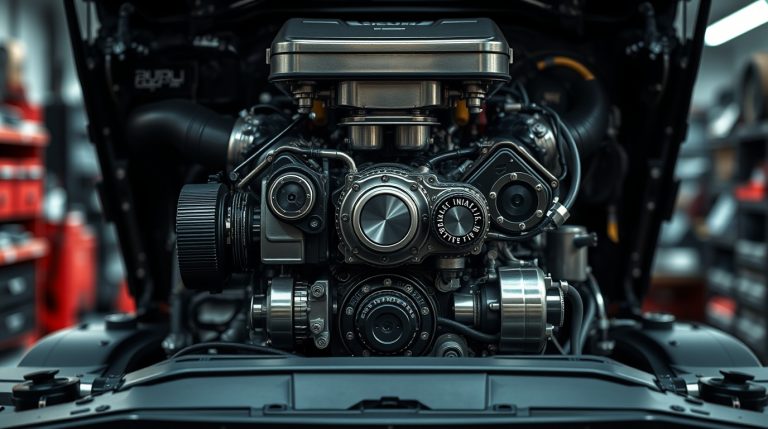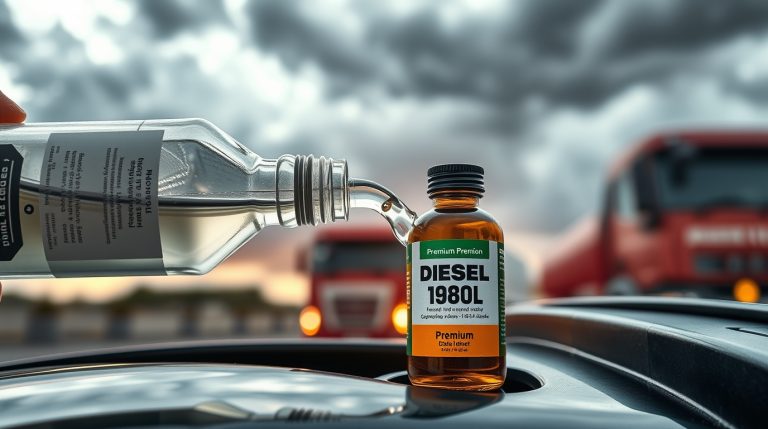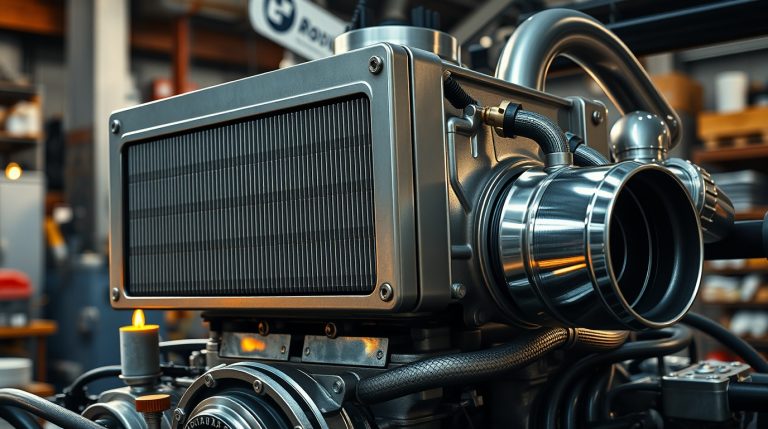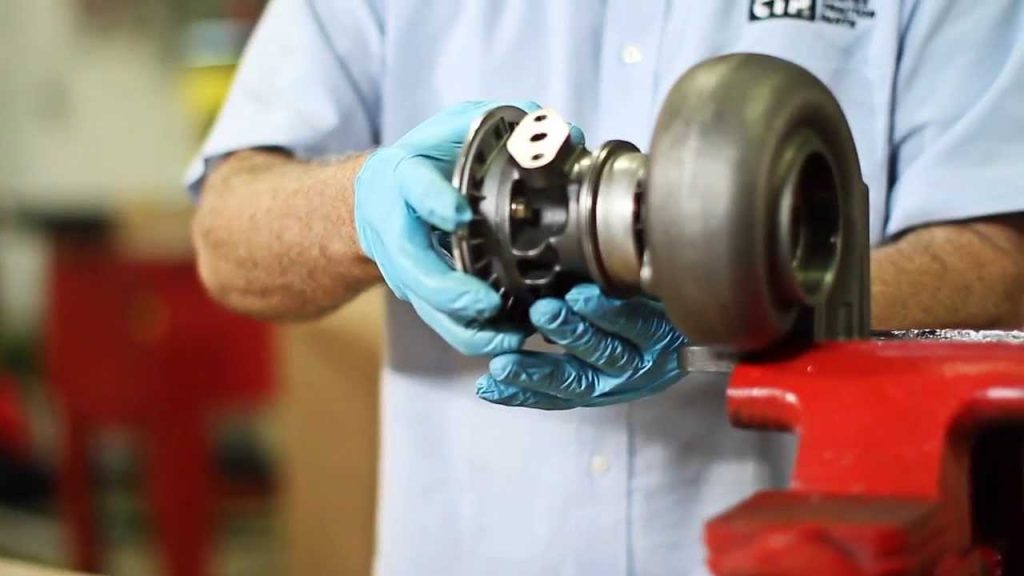
A turbocharger is one of the most powerful tools for boosting your engine’s performance, but like any high-performance component, it requires proper care and maintenance to deliver maximum power and longevity. Neglecting your turbocharger can lead to reduced efficiency, costly repairs, or even complete failure. In this guide, we’ll share essential turbocharger maintenance tips to help you maximize its potential and keep your engine running at peak performance.
Why Turbocharger Maintenance Matters
Turbochargers operate under extreme conditions—high temperatures, rapid spinning speeds (often exceeding 100,000 RPM), and constant exposure to exhaust gases. Without regular maintenance, these factors can cause wear and tear, leading to decreased performance or failure. Proper care not only ensures your turbocharger delivers maximum power but also extends its lifespan, saving you time and money in the long run.
Turbocharger Maintenance Tips for Maximum Power
Here are some actionable tips to keep your turbocharger in top condition:
1. Use High-Quality Oil
The turbocharger relies on a steady supply of clean, high-quality oil to lubricate its bearings and cool the turbine. Poor-quality or degraded oil can lead to increased friction, overheating, and premature wear.
- Action Step: Always use the oil grade recommended by your vehicle’s manufacturer. For turbocharged engines, synthetic oils with high heat resistance are often the best choice.
- Pro Tip: Regularly check and change your oil according to the manufacturer’s schedule—or more frequently if you drive in harsh conditions.
For more details on the importance of oil quality, check out our blog post: Why Does an Air Mass Sensor Fail? Understanding Causes, Symptoms, and Solutions .
2. Allow Proper Cool-Down Time
After driving, especially under heavy load or high boost conditions, it’s crucial to let your turbocharger cool down before turning off the engine. Shutting down immediately can cause oil coking (solidification) inside the turbocharger, leading to blockages and damage.
- Action Step: Let your engine idle for 1-2 minutes after driving to allow the turbocharger to cool down properly.
- Pro Tip: If your vehicle has a turbo timer, use it to automate the cool-down process.
3. Inspect and Replace Air Filters Regularly
The air filter plays a critical role in protecting the turbocharger from dirt, debris, and contaminants. A clogged or dirty air filter restricts airflow, reducing the turbocharger’s efficiency and potentially causing damage.
- Action Step: Check your air filter during routine maintenance and replace it as needed. Consider upgrading to a high-performance air filter for better airflow and filtration.
- Pro Tip: If you frequently drive in dusty or dirty environments, inspect the air filter more often.
4. Monitor Boost Pressure
Excessive boost pressure can strain the turbocharger and engine components, while insufficient boost indicates a potential issue. Monitoring boost levels helps ensure your turbocharger is operating within safe limits.
- Action Step: Use a boost gauge to regularly check your turbocharger’s output. Compare the readings to your vehicle’s specifications.
- Pro Tip: Address any deviations from the normal range immediately to prevent further damage.
5. Inspect Hoses and Connections
Leaks in the intake or exhaust system can reduce the turbocharger’s efficiency and cause performance issues. Damaged hoses, loose clamps, or cracked connections are common culprits.
- Action Step: Regularly inspect all hoses, clamps, and connections for signs of wear, cracks, or leaks. Replace damaged components promptly.
- Pro Tip: Pay special attention to the intercooler and its associated piping, as leaks here can significantly impact performance.
6. Flush the Oil System During Replacements
If you’re replacing your turbocharger or performing major engine work, it’s essential to flush the oil system to remove any debris or contaminants that could damage the new unit.
- Action Step: Use a high-quality engine flush solution to clean the oil system before installing a new turbocharger.
- Pro Tip: Replace oil filters and gaskets during the process to ensure a clean, leak-free system.
7. Upgrade Supporting Components
To maximize your turbocharger’s potential, consider upgrading supporting components such as the intercooler, exhaust system, and fuel injectors. These upgrades can improve airflow, cooling, and fuel delivery, allowing the turbocharger to perform at its best.
- Action Step: Consult with a professional tuner or mechanic to determine which upgrades will benefit your specific setup.
- Pro Tip: Ensure all modifications are compatible with your engine and turbocharger to avoid reliability issues.
For more information on identifying and addressing potential issues with your turbocharger, check out our blog post: Identifying Turbocharger Problems: Symptoms, Causes, and Solutions .
Signs Your Turbocharger Needs Attention
While regular maintenance can prevent many issues, it’s important to recognize when your turbocharger may need additional attention:
- Unusual noises (whistling, squealing, or grinding)
- Excessive exhaust smoke
- Loss of power or sluggish acceleration
- Oil leaks around the turbocharger housing
If you notice any of these symptoms, consult a professional mechanic to diagnose and address the problem promptly.
Conclusion
Proper turbocharger maintenance is key to unlocking maximum power and ensuring reliable performance. By following these tips—using high-quality oil, allowing proper cool-down time, inspecting air filters, and monitoring boost pressure, you can keep your turbocharger in top shape and enjoy the full benefits of its power-boosting capabilities.
Whether you’re driving a turbocharged diesel truck or a high-performance sports car, taking care of your turbocharger will pay off in the long run. Have questions about turbocharger maintenance or need advice on upgrades? Leave a comment below, we’re here to help!
Disclaimer: Always consult a professional mechanic or tuner when modifying or maintaining your turbocharger to ensure safety and reliability.

